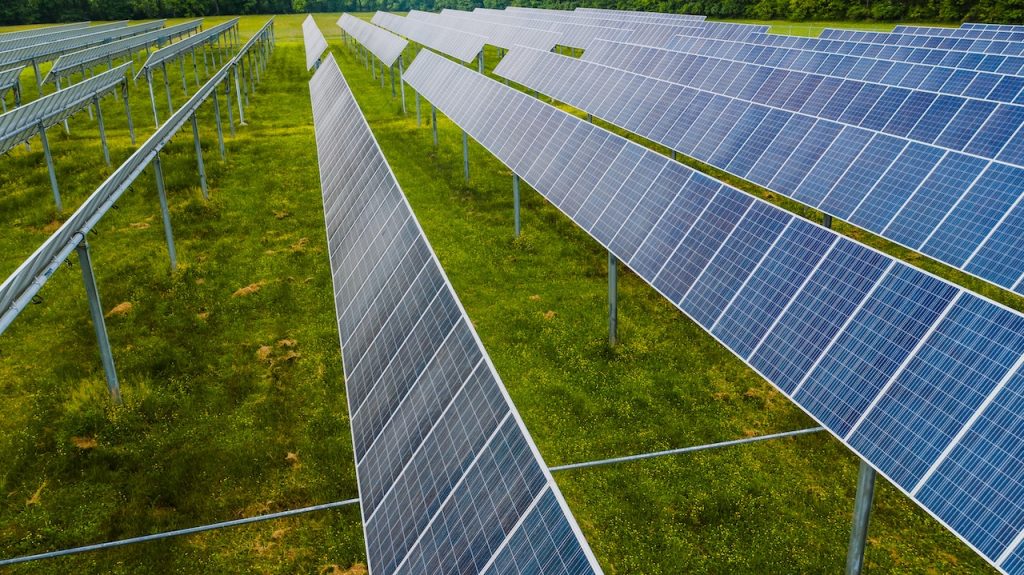Getting a solar power generator is a great way to provide your home with a steady source of power. However, there are some things you should keep in mind to help you choose the best generator for your needs.
Size of your home
Getting the right size solar power generator to power your home is a balancing act between budget and lifestyle. Whether you are looking to replace a failing central air conditioning unit or just have to snag that elusive ad on the corner, you’ll need to factor in the size of your household’s electricity consumption. A good rule of thumb is to go with a watts per square foot rating. This may not seem like much, but a watt per square foot rating is a lot more efficient when it comes to squeezing every last watt from your power bill.
While you are weighing your options, take a look at your current and future utility bills. Obviously, you need to find out how much power you are using on a daily basis, but you can’t do that without a good idea of how much power you’re using per month. The best way to do that is to go online and get a free estimate of your current and future electricity consumption.
Number of panels you need
Several factors will determine the number of panels you need for a solar power generator. You need to consider the wattage of the panels, how much you use the power, and other factors. You can also get estimates from solar energy experts for free.
First, calculate the amount of energy you use per month. This can be done by adding up your electric bills from the past 12 months. Then, multiply that by the watts of the panels.
Then, figure out how many hours you receive the strongest sunlight each day. This can be calculated by multiplying the number of hours of strong sunlight each day by the average number of hours of strong sunlight each day in your area.
Next, determine how many kilowatt hours you use per year. Then, multiply that number by the total watts of your panels to determine how many panels you need.
The production ratio is also an important factor. This is a measure of how efficiently your solar system is able to produce electricity. Basically, the more efficient your panels are, the more power they can generate. The production ratio is usually between 1.3 and 1.6.
Recharging time
Depending on the size of the solar power generator, recharging times can range from 1.5 to 48 hours. Battery capacity also plays a role in determining recharging times. Generally, the larger the battery, the longer the recharge time.
Batteries that are used in solar generators are usually lithium-ion. Lithium-ion storage batteries can be connected to a home electrical supply and are able to store energy for use at night or when solar production is low. These batteries can last from 500 to 2,000 life cycles.
When looking for a solar power generator, it is important to choose one that will suit your needs. Generally, a medium-sized solar generator will be able to run a standard-sized refrigerator for 24 hours. A larger battery capacity will allow you to run larger appliances and electrical outlets.
Solar generators are also great for off-grid areas, and they are clean, renewable energy. They are not powered by fuel and are low maintenance. You can also store energy for later use. However, they are not suitable for appliances that require consistent energy input.
Alternatives to fossil-fuel powered generators
Using alternatives to fossil-fuel powered generators may be a good option for your home. Fossil-fuel powered generators can leave harmful pollutants in the air when they are turned off. But alternative generators are more environmentally friendly and can also be more pleasant to use. These generators use cleaner energy sources that produce no greenhouse gas emissions.
There are several different types of alternative generators, including solar-powered generators, gasless generators, and battery-powered generators. These generators are safer for the environment and can be used for more than just generating power. These generators use alternative energy sources, such as wind, solar, and geothermal energy, which are cleaner than fossil fuels.
Fossil fuels have been used for many years to generate electricity. In the industrial revolution, these fuels were used to power portable high-density energy sources. These sources were used to power transportation, and to generate electricity for homes. In recent years, these generators have become more efficient, making it possible for them to generate electricity even when the sun isn’t shining.

